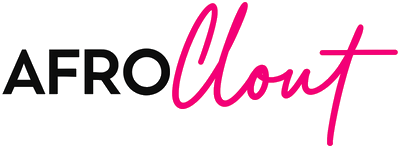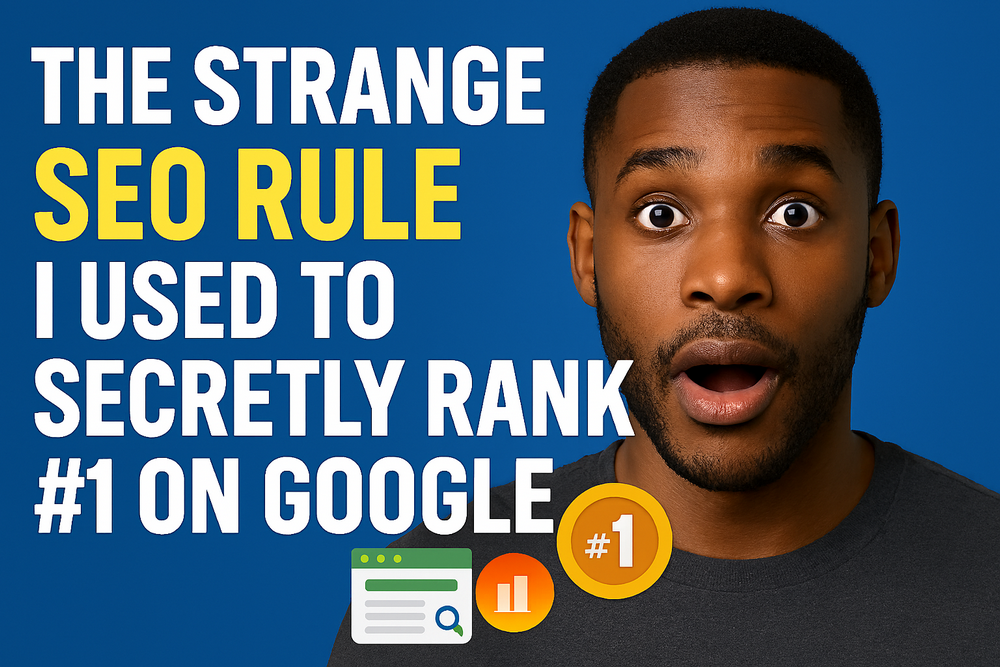Introduction: How to Secretly Rank #1 on Google
Every creator dreams of how to Rank #1 on Google. I discovered a strange SEO rule that helped me achieve this goal faster than any backlink strategy. Instead of chasing endless hacks, I applied a user-first principle that delivered one clear win to visitors in under 30 seconds. The result? My content quietly pushed ahead of bigger competitors and earned a top position in search results.
Why the 30-Second SEO Rule Works
Google rewards pages that satisfy users quickly. When someone lands on a page, they expect answers. If they find value in 30 seconds or less, they stay longer, explore further, or share the page. These actions send powerful signals to search engines.
By focusing on quick wins, you:
- Reduce bounce rates.
- Increase session duration.
- Improve user trust and brand loyalty.
- Strengthen signals that help you Rank #1 on Google.
How to Rank #1 on Google With This Strange Rule
Step 1: Lead With the Answer
Put the key takeaway at the very top. Don’t bury it under fluff. When I optimized my Lagos events page, I moved the price and date into the first paragraph. Instantly, engagement rose.
Step 2: Add Quick-Find Boxes
A simple quick-find box with 2–3 critical details (price, time, location) helps readers scan fast. This makes them stay longer, which boosts relevance.
Step 3: Use Anchor Links
Guide readers with anchor links so they can jump to the section they want. Google Search Console shows that these links improve click depth.
Step 4: Reduce Page Noise
Popups, oversized images, and heavy ads frustrate readers. Cutting these distractions keeps users engaged and improves core web vitals.
Step 5: Optimize Speed
Compress and serve images in WebP. Test with Lighthouse to remove bottlenecks. Speed is vital in Nigeria, where many browse on slower networks.
Practical Checklist for African Creators
Here’s a quick implementation list:
- Audit if users get value within 30 seconds.
- Add a clear takeaway in the intro.
- Place a micro-CTA early (download, sign-up, or call-to-action).
- Test your page on low-end Android phones.
- Track results in Google Search Console.
Case Study: Lagos Events Page
When I tested the rule on my Basic SEO Tools, the changes were simple:
- A small info panel with time, price, and map link.
- Removal of a massive hero image that delayed load.
- A clearer booking button with local payment options.
Within weeks, impressions rose by 25%. Time-on-page increased. And the page began to Rank #1 on Google for several local event searches.
Why This Beats Old SEO Tactics
Traditional SEO focused on keywords, backlinks, and word count. These matter, but they don’t guarantee satisfaction. A page can be long and link-rich but still fail users.
By using this rule:
- You align with Google’s mission to serve helpful content.
- You strengthen every ranking signal naturally.
- You gain trust from real readers.
As Moz explains, backlinks help—but user satisfaction drives authority.
Local SEO Tips for Nigerian and African Search Intent
Use Local Context in Content
- Add prices in Naira.
- Mention landmarks, neighborhoods, or transit hubs.
- Include culturally relevant examples.
Optimize for Mobile Users
- Test design on 3G networks.
- Use compressed images.
- Place CTAs above the fold.
These strategies help pages Rank #1 on Google locally and match African search intent better.
Content Structure That Converts
Best Practices
- H1 with focus keyword at the start.
- Intro that answers the query.
- H2s that reflect user questions.
- Bullets for clarity.
- H4s for quick templates or checklists.
Template Example
Title: How to [Do Task] in Lagos
Intro: 1 line answer.
Quick Box: 3 facts (cost, time, location).
Steps: 5–6 bullet points.
Local Tip: 1 line relevant to Nigeria.
Common Mistakes to Avoid
- Hiding answers to increase clicks—users leave fast.
- Overloading with ads that slow the page.
- Ignoring mobile. Mobile-first indexing makes this deadly.
Measuring the Impact
Watch these KPIs:
- Search impressions and rankings (via Google Search Console).
- Click-through rate.
- Time on page and scroll depth (check with Hotjar).
- Conversion metrics like downloads or internal clicks.
If metrics improve, your chances to Rank #1 on Google skyrocket.
Amplifying Content After Optimization
Local Outreach
- Share in Nigerian forums, groups, and WhatsApp communities.
- Submit to event calendars.
- Get listed in local directories.
Build Authority Organically
Reach out for natural mentions from partners or media. Combine this with the 30-second rule to maximize results.
Quick Checklist for African Creators
- Localize your copy with Nigerian details.
- Test speed on budget smartphones.
- Prioritize clarity in the first 30 seconds.
- Use micro-CTAs that drive action.
- Track performance and iterate.
Conclusion
The strange SEO rule is simple: give your visitors one win in 30 seconds. This user-first approach helped me Rank #1 on Google without heavy spending or endless backlink hunting.
Start small: optimize a single page, test the results, and scale the process. In a few weeks, you’ll see steady ranking improvements. In Africa’s fast-growing digital market, clarity and speed often beat sheer size.
FAQs
Frequently Asked Questions (FAQ)
Q1: What is the 30-second SEO rule?
A: The 30-second SEO rule means designing each page so users get one clear win — like an answer, price, or link — within 30 seconds.
Q2: Can small blogs really Rank #1 on Google?
A: Yes. With smart content structure, quick answers, and local optimization, small blogs can compete and Rank #1 on Google for niche searches.
Q3: How long before I see ranking changes?
A: Most improvements take 2–8 weeks depending on competition, but some pages may move faster after speed and UX fixes.
Q4: Does this method work for Nigeria?
A: Yes. By using local language, currency, and examples, your content connects better with Nigerian search intent.
Q5: What tools should I use?
A: Google Search Console, Lighthouse for speed, and Hotjar for user behavior tracking are effective tools to monitor results.
Discover more from Afroclout
Subscribe to get the latest posts sent to your email.


